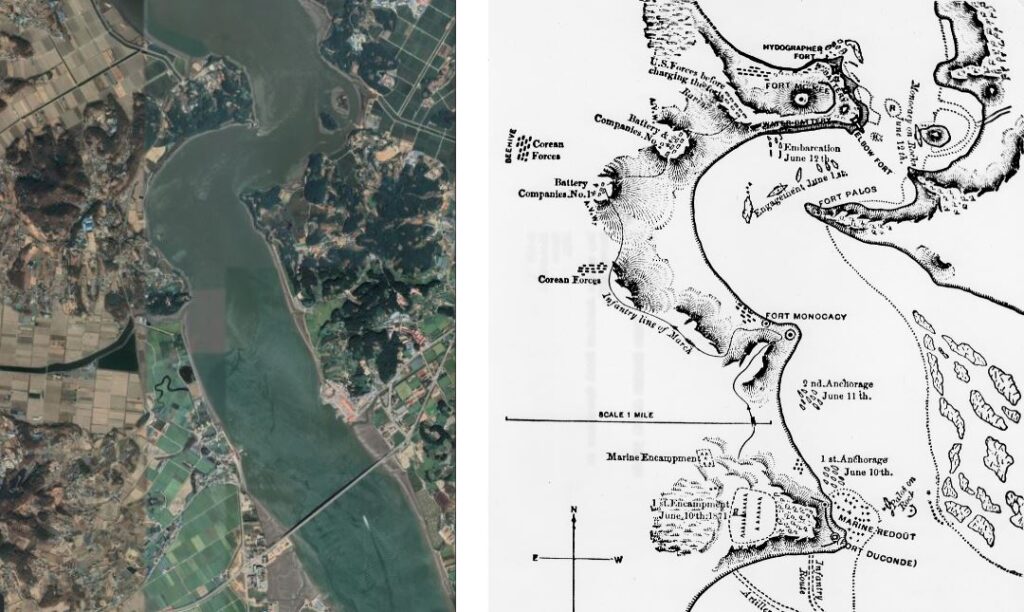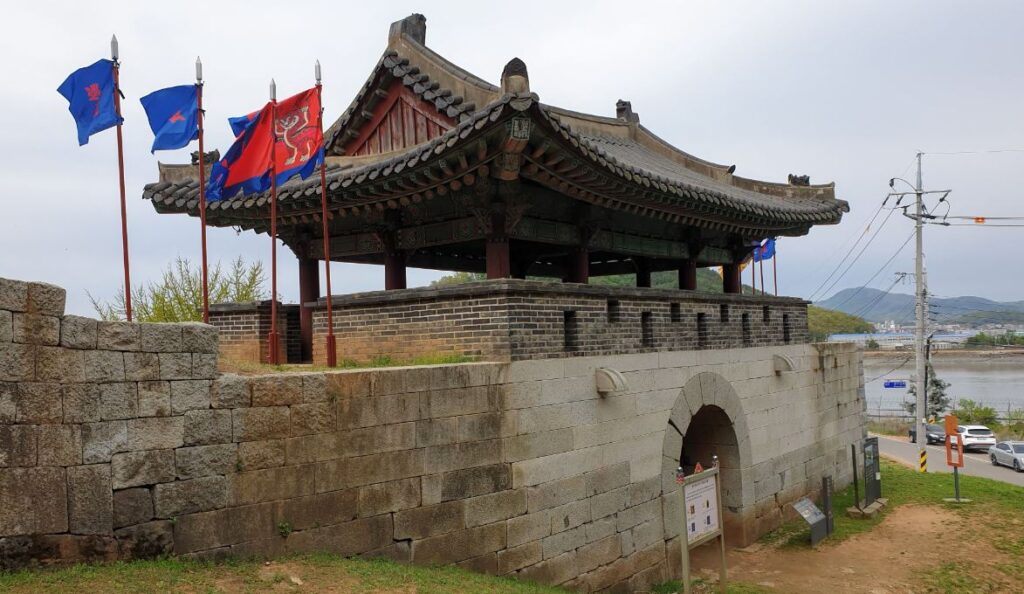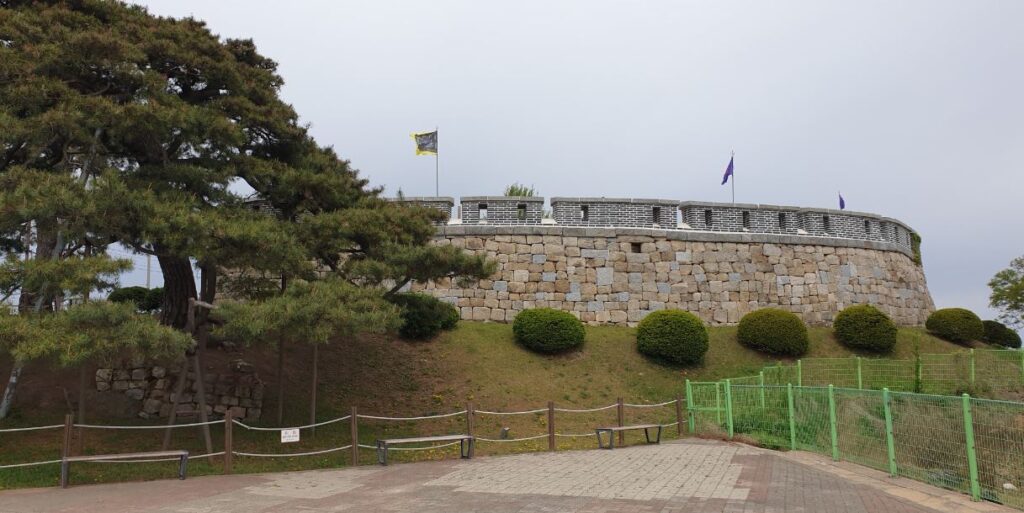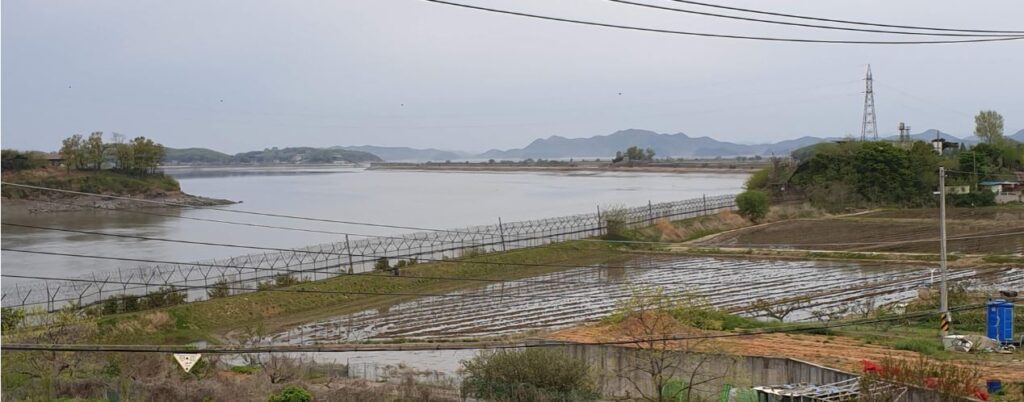
I remember when I was quite young, a television show called You Are There showed on CBS. The concept was quite interesting – treating major historical events as news being covered by the network. I don’t remember anything specifically about the show, but through the wonders of YouTube you can watch it if you’d like. I just watched a bit of the signing of the Declaration of Independence, and it was interesting. I’m sure they’d do it a bit differently today, but still, good stuff.

I was reminded of this by my bicycle ride this past weekend and an email I got from my niece. She’d mentioned my tree hunts as a possible impetus to getting back into geocaching, and I thought, “how cool – getting out and adventuring like that.” Really. And perhaps that’s somewhat of what I’m doing with the trees around here. Early on – especially when I didn’t have a book telling me where they were — they were like hidden treasures I stumbled upon as I rode. I remember things like the morning I found the one right by my home – as I was coming around the bend, first seeing a tree within a fence, and then what looked like the sign in the morning mist. It was thrilling. And finding any protected tree still does that to some extent. We found three within a few hundred meters of each other on Saturday (Eric is a hawk when it comes to finding trees), and some part of me thought, “we’re the only Americans who have ever seen these trees.” Yeah. Maybe a bit geeky, but that’s part of the fun in taking some of the more obscure routes…and this one was particularly obscure.

But as I’ve written, this past Saturday’s ride was not a tree hunt (although we did see two trees of fair significance). It was a tour of some interesting historical sites, which around here is nearly as good. And so as we biked along the banks of the Ganghwa Strait, we were able to see some of these important sites in person. We were able to look across the strait from Gimpo at the Gwangseongbo Fortress (Korea’s “Alamo”) and imagine the American gunships’ perspective as they were shelling the place. We stood at the base of Choji Fortress and looked over the mudflats across which the Marines plodded, thigh deep, lugging along heavy artillery pieces. We could look at the scars on the trees, evidence of the cannonball shots of 150 years past.

This is one of the things I love doing. Like when I walked the battlefields at Gettysburg, I was putting myself in that place and at that time to imagine what it must have been like. And it was well worth the reading I did about this area over the past week, and the getting up at 4 AM for the drive to Seoul, and the tired legs I still feel today.
Maybe because of this, I was really encouraged by my niece’s words. I was happy to hear she may get back into geocaching. These tree (and fortress) hunts have made me realize so much how having goals and being an explorer makes whatever you’re doing so much more meaningful and fun. I’d love to see a lot more people getting into these kinds of adventures and then telling others about it. Every place has a history, and activities like this are so useful getting to know it, no matter where you live. And it doesn’t take that much work, because there’s one big advantage you have, wherever you are – you are there!

